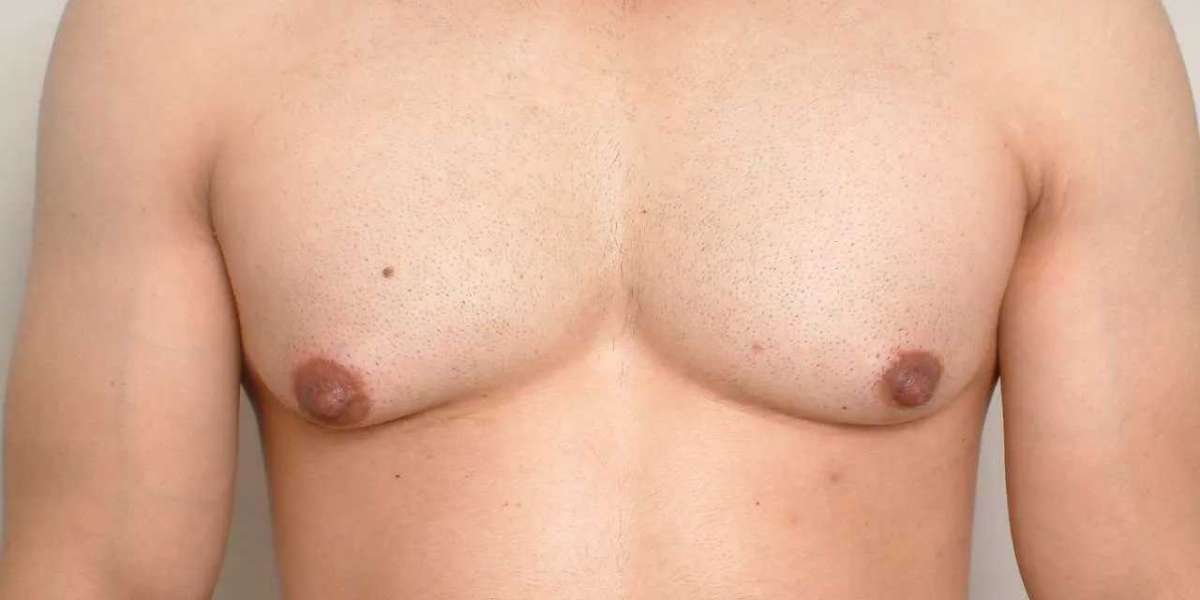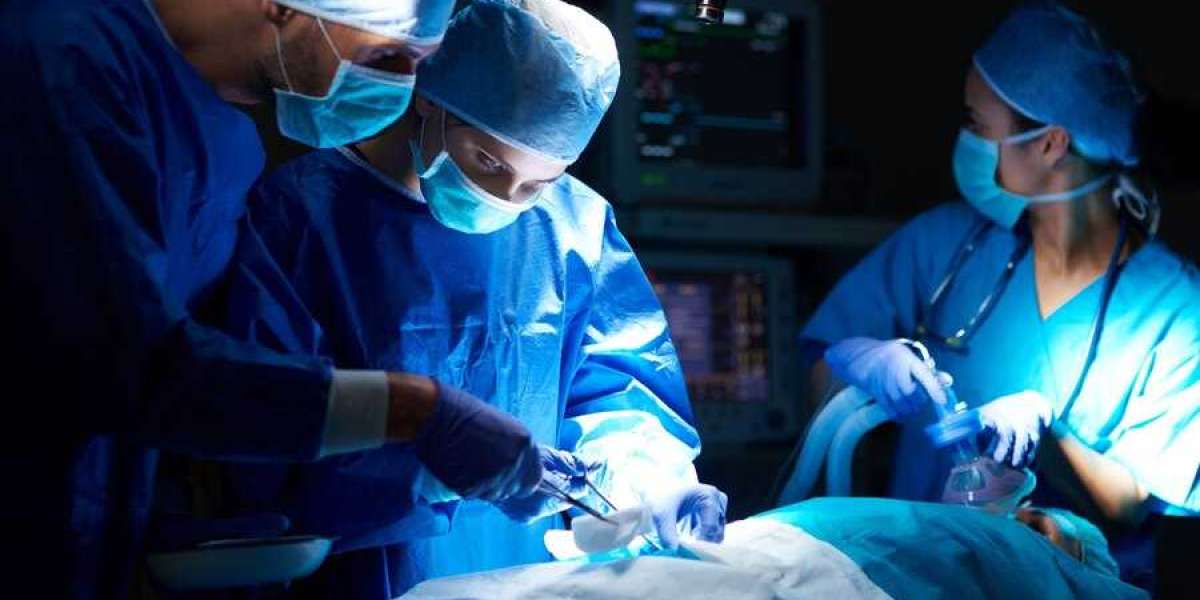Gynecomastia, the condition characterized by the enlargement of male breast tissue, is a common issue that affects many men at various stages of life. While it can be triggered by a number of factors, there is often confusion surrounding its connection to testosterone levels. In this article, we will explore the link between gynecomastia and low testosterone, and whether hormone imbalances play a role in the development of this condition.
What is Gynecomastia?
Gynecomastia is the abnormal growth of breast tissue in men, leading to swollen or enlarged breasts. It can occur in one or both breasts and may affect individuals of all ages. The condition can sometimes cause discomfort or tenderness and may be a source of self-consciousness for many men. Gynecomastia Dubaiis typically caused by an imbalance between the hormones estrogen and testosterone, but the underlying reasons for this imbalance can vary.
The Role of Testosterone in Men’s Health:
Testosterone is the primary male sex hormone, responsible for the development of male physical characteristics such as muscle mass, facial hair, and a deeper voice. It also plays a key role in regulating the function of other systems in the body, including the reproductive and metabolic systems. Testosterone levels naturally decline with age, particularly after the age of 30, and this decrease can result in several health issues.
Low testosterone, also known as hypogonadism, is a condition in which the body does not produce enough testosterone to support normal bodily functions. Symptoms of low testosterone can include fatigue, decreased libido, erectile dysfunction, mood changes, and muscle loss. But can low testosterone also contribute to gynecomastia?
The Connection Between Low Testosterone and Gynecomastia:
The development of gynecomastia is closely tied to hormone imbalances. While testosterone is the dominant male sex hormone, estrogen also plays a role in male physiology. In men, estrogen is produced in small amounts, primarily through the conversion of testosterone by the enzyme aromatase.
An imbalance between testosterone and estrogen is the most common cause of gynecomastia. In cases of low testosterone, the ratio of estrogen to testosterone becomes skewed. With lower testosterone levels, estrogen activity may become more pronounced, leading to the development of breast tissue.
Here’s how this hormonal imbalance occurs:
Decreased Testosterone Production: When the body’s testosterone production declines (either due to aging, medical conditions, or other factors), the estrogen levels may appear disproportionately higher.
Aromatization: As testosterone decreases, the remaining testosterone is more likely to be converted into estrogen. This process, known as aromatization, increases the amount of estrogen circulating in the body.
Estrogenic Effects: Higher estrogen levels can stimulate the growth of breast tissue in men, resulting in gynecomastia.
Other Factors That Contribute to Gynecomastia:
While low testosterone is a factor, other underlying conditions can also cause or contribute to gynecomastia. These include:
Obesity: Excess body fat can increase the aromatization of testosterone to estrogen, which may lead to gynecomastia.
Medications: Certain drugs, such as anabolic steroids, anti-androgens, and some antidepressants, can interfere with testosterone production and lead to hormonal imbalances.
Genetic Conditions: Some genetic disorders, such as Klinefelter syndrome, can lead to low testosterone levels and an increased risk of gynecomastia.
Liver Disease or Kidney Failure: These conditions can disrupt hormone metabolism and lead to changes in testosterone and estrogen levels.
Puberty: Many young men experience gynecomastia during puberty, which is typically a temporary condition caused by hormonal fluctuations. In these cases, testosterone levels may not yet be fully stabilized.
Aging: As men age, testosterone levels naturally decline, and the risk of gynecomastia increases due to the imbalance between estrogen and testosterone.
How to Diagnose Gynecomastia:
If you are concerned about the possibility of gynecomastia, it is important to seek medical advice. A doctor will typically perform a physical examination and ask about your medical history and symptoms. In some cases, additional tests may be recommended, such as:
Blood Tests: These tests can measure testosterone and estrogen levels in the blood to identify any imbalances.
Imaging Tests: An ultrasound or mammogram may be used to assess the extent of breast tissue enlargement and rule out other conditions.
Biopsy: In rare cases, a biopsy may be performed to ensure that the breast tissue is not cancerous.
Treatment Options for Gynecomastia:
If Gynecomastia in Dubaiis determined to be caused by low testosterone or other hormonal imbalances, treatment options are available. Some common approaches include:
Testosterone Replacement Therapy (TRT): For men with low testosterone, TRT may be prescribed to restore normal testosterone levels. By increasing testosterone levels, TRT can help rebalance the estrogen-to-testosterone ratio, potentially reducing the symptoms of gynecomastia.
Medications: Certain medications, such as selective estrogen receptor modulators (SERMs) like tamoxifen, can help block the effects of estrogen on breast tissue. Aromatase inhibitors, which prevent the conversion of testosterone to estrogen, may also be used.
Surgical Intervention: In cases where gynecomastia is severe or does not respond to hormonal treatments, surgery may be recommended. A procedure called mastectomy can remove the excess breast tissue, providing a permanent solution.
Lifestyle Changes: Maintaining a healthy weight and avoiding substances like anabolic steroids can help regulate hormone levels and reduce the risk of developing gynecomastia.
Conclusion:
Low testosterone can contribute to the development of gynecomastia by creating an imbalance between testosterone and estrogen levels. While testosterone is the dominant male hormone, increased estrogen activity due to low testosterone can stimulate the growth of breast tissue. However, other factors such as obesity, medications, and genetic conditions can also play a role in the development of gynecomastia. If you suspect that you have gynecomastia, it’s important to consult with a healthcare professional who can diagnose the condition and recommend appropriate treatment options to restore hormone balance and improve quality of life.













